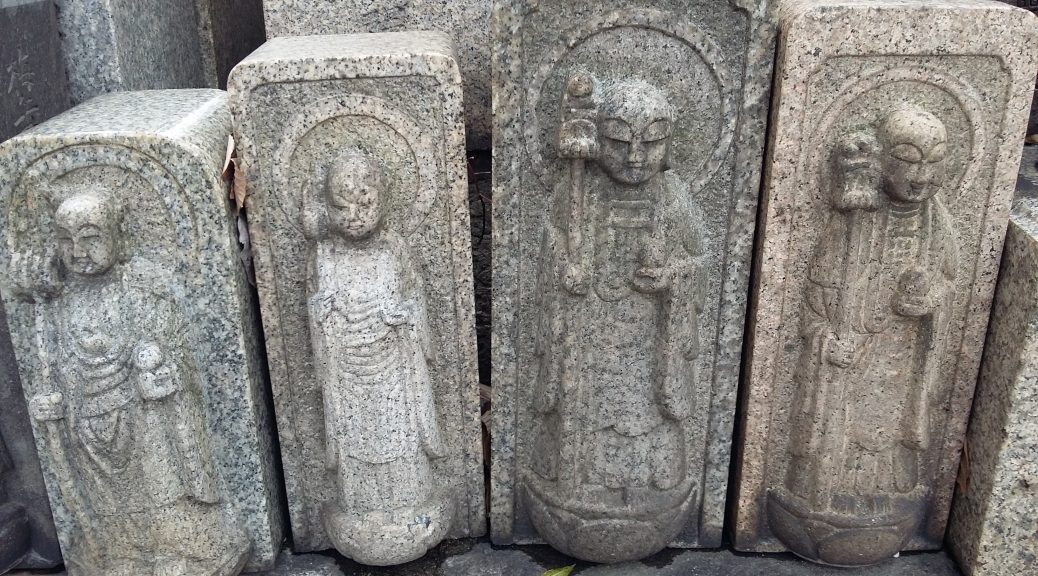Why art matters
Last week I sat reading the back of a bathroom door, as you do. Someone who know doubt thought they were extraordinarily clever had scrawled next to the toilet roll holder, ‘arts degrees, please take one’. Now, if I have the chance to overthink, I will. So I sat there, pondering how creative artists are underpaid, undervalued and under-represented in the structures of power. Western culture values those who have money and make money. It gives them power and recognition. For me this is entirely backwards. Here are some of the reasons why I think art matters more than money:
Reading improves your brain power:
According to research by Emory University, reading a narrative increases the connections in your brain. Not only that, but the effects continue for several days after you put the book down. Reading has also been found to improve memory and even to rewire your brain, forming new connections and brain matter. In fact, the cognitive gains are so important that they can even improve longevity, according to a study done by Yale University.
The arts can reduce stress and improve health:
 Research at the University of Sussex found that reading for only six minutes reduced stress levels by 68%, while listening to music was a close second, reducing stress levels by 61%. One of the researchers noted that “losing yourself in a thoroughly engrossing book” takes you into the author’s imagination and away from the stress of the real world. A review of numerous research projects concluded “there are clear indications that artistic engagement has significantly positive effects on health”. This research looked at studies focused on expressive movement, creative writing, visual arts and music. The value of the arts for health improvements is beginning to become accepted in the mainstream. A recent article noted that social prescribing will become part of doctors’ practice in Britain from 2023. Patients may be offered dancing lessons, social activities and visits to concerts to combat both physical and mental health issues.
Research at the University of Sussex found that reading for only six minutes reduced stress levels by 68%, while listening to music was a close second, reducing stress levels by 61%. One of the researchers noted that “losing yourself in a thoroughly engrossing book” takes you into the author’s imagination and away from the stress of the real world. A review of numerous research projects concluded “there are clear indications that artistic engagement has significantly positive effects on health”. This research looked at studies focused on expressive movement, creative writing, visual arts and music. The value of the arts for health improvements is beginning to become accepted in the mainstream. A recent article noted that social prescribing will become part of doctors’ practice in Britain from 2023. Patients may be offered dancing lessons, social activities and visits to concerts to combat both physical and mental health issues.
Stories can shift attitudes towards climate change:
In my own PhD I argue that stories can help shift broad cultural stories that define our relationship with the earth. One such story is that the health of the economy is more important than anything else. We need an alternative story that teaches us the environment is vastly more important. Such a story needs to spread widely so it needs to find a place in all kinds of arts. The arts show us alternative visions. If those visions teach us about connecting and caring for the earth and each other, rather than exploiting them to be successful capitalists, then we can begin to see a new way forward. In the transition movement, whose focus is the shift towards a sustainable future, stories are a key tool for envisioning and inspiring change.
Art matters because it shows us alternatives
I’ve only touched on some of what art can do here. There’s lots more. What all of these things have in common is that they help us see the world differently. We tap into someone else’s imagination or vision, and we leave our own headspace for a while. This is the gift of the artist: to create a vision of the world and to share it. It is not just a gift in terms of talent, but a gift that is sent out into the world. It can make us feel better about ourselves, it can allow us to escape the darkness and it can inspire us to make change. That’s why art matters.
